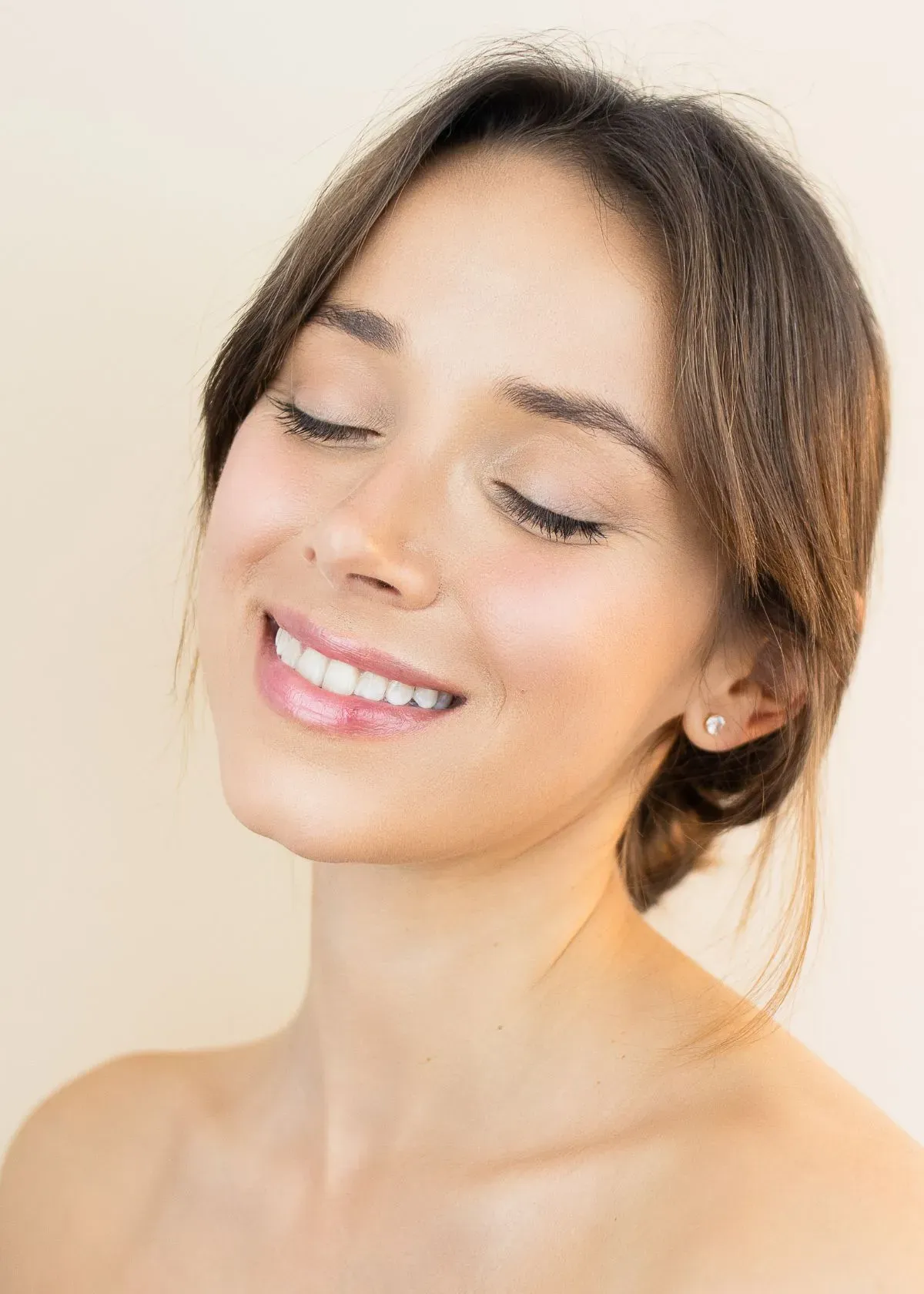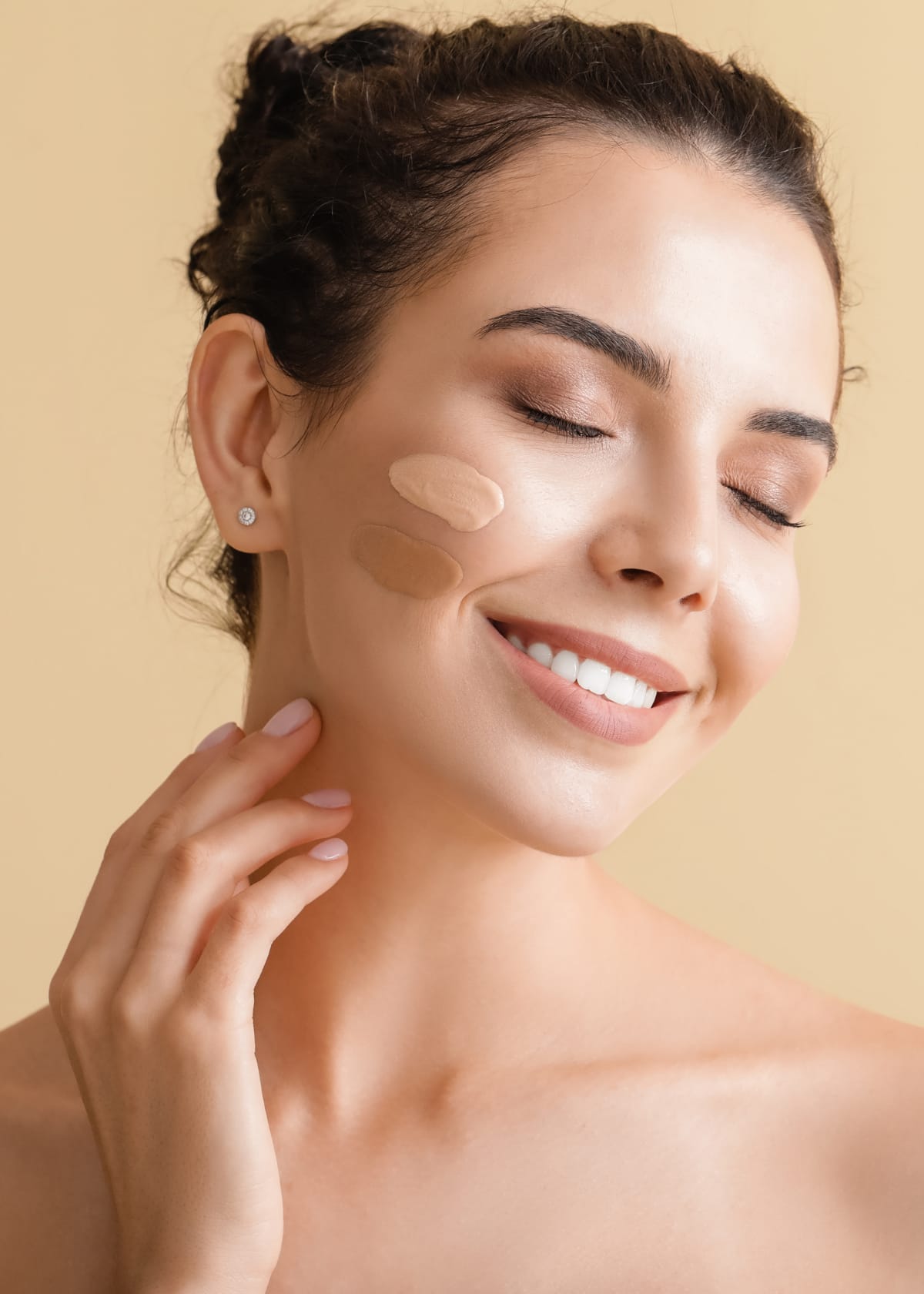Ah, the elusive pursuit of that just-right foundation—the kind that whispers flawlessness rather than announcing its presence. We've all stood before our mirrors, only to find ourselves looking more like we're prepping for a bake sale than emulating the airbrushed complexions in those glossy fashion spreads.
But hold up—don't surrender to the cakey-face blues quite yet! Like you, I've faced off against foundations with a penchant for playing peek-a-boo on my skin, refusing to meld as if they're part of me.
I understand; it's no walk in the park aiming for that 'second skin' illusion. It was a path paved with mishaps and discoveries before I realized some essential truths (interesting tidbit – did you know how pivotal your skin's moisture balance is when it comes to how your foundation behaves?).
Stick around because by the end of our chat here today, you'll be wielding the magic wand for glowy, undetectable coverage. Excited? Let’s embark on turning over a new leaf in your foundation routine!
Key Takeaways
- Start with a clean, exfoliated, and moisturized face to provide a smooth canvas for your foundation. Hydration is key for preventing the makeup from clinging to dry patches or lines.
- Choose the right type of foundation for your skin type and desired coverage—lightweight liquids are typically best for a natural look. Match the shade perfectly by testing it in natural light.
- Use tools like a damp makeup sponge, fingers, or brushes to apply and blend foundation seamlessly into your skin without leaving streaks or heavy spots.
- Utilize spot concealing techniques with an appropriate concealer to target blemishes instead of applying thick layers all over the face; add liquid highlighter strategically for extra glow.
- Adjust application methods according to specific needs—like patting foundation onto drier areas—and build up coverage gradually rather than starting with too much product.
Prep Your Skin for Foundation
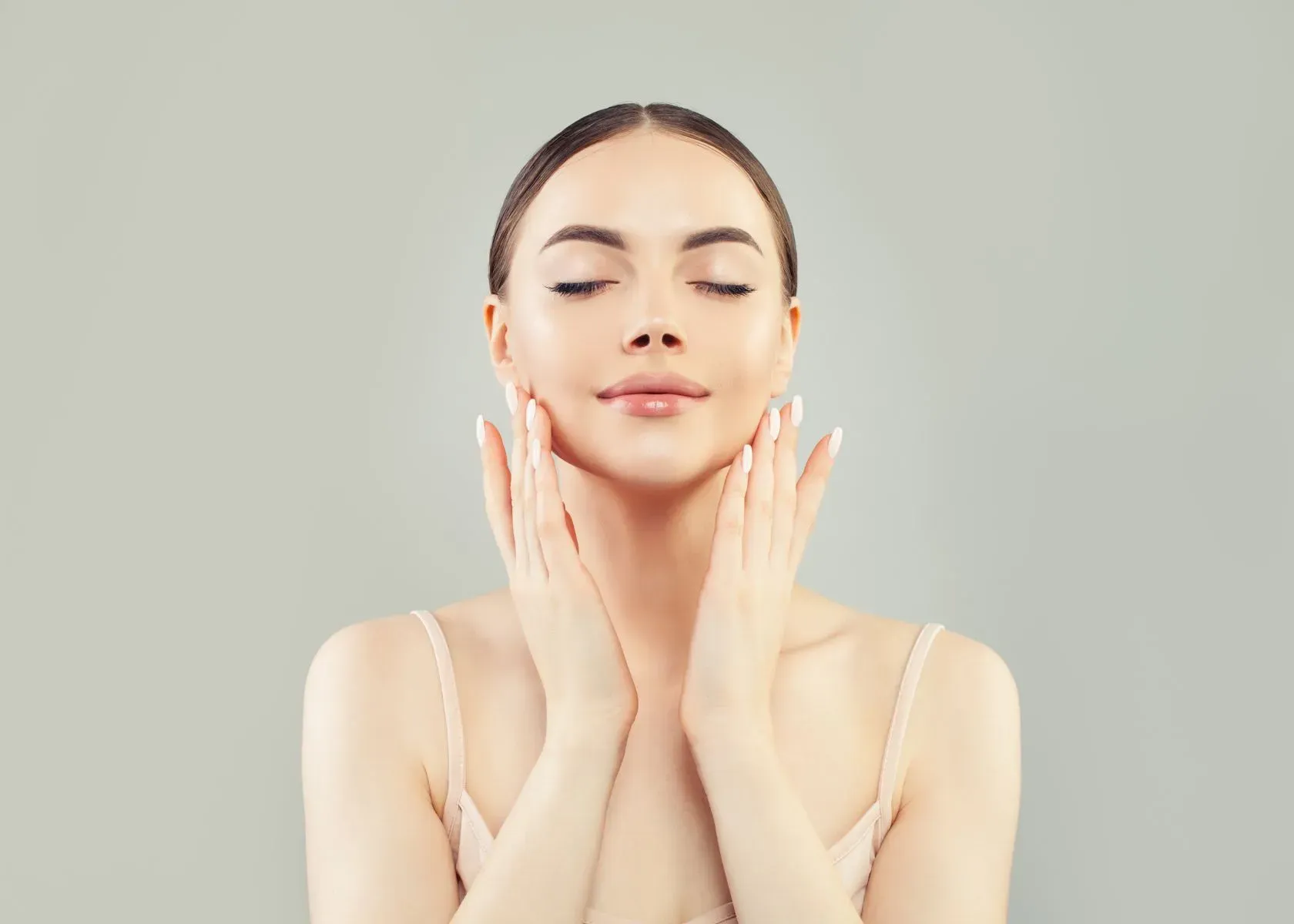
Exfoliate your skin regularly to remove dead skin cells and create a smooth canvas for foundation.
Keep your skin hydrated with a moisturizer or sheet mask specifically targeted for your skin type, and use a primer to help the foundation adhere better and last longer on your skin. This is the key to natural looking foundation that any celebrity makeup artist would vouch for.
Choose the Right Foundation Formula
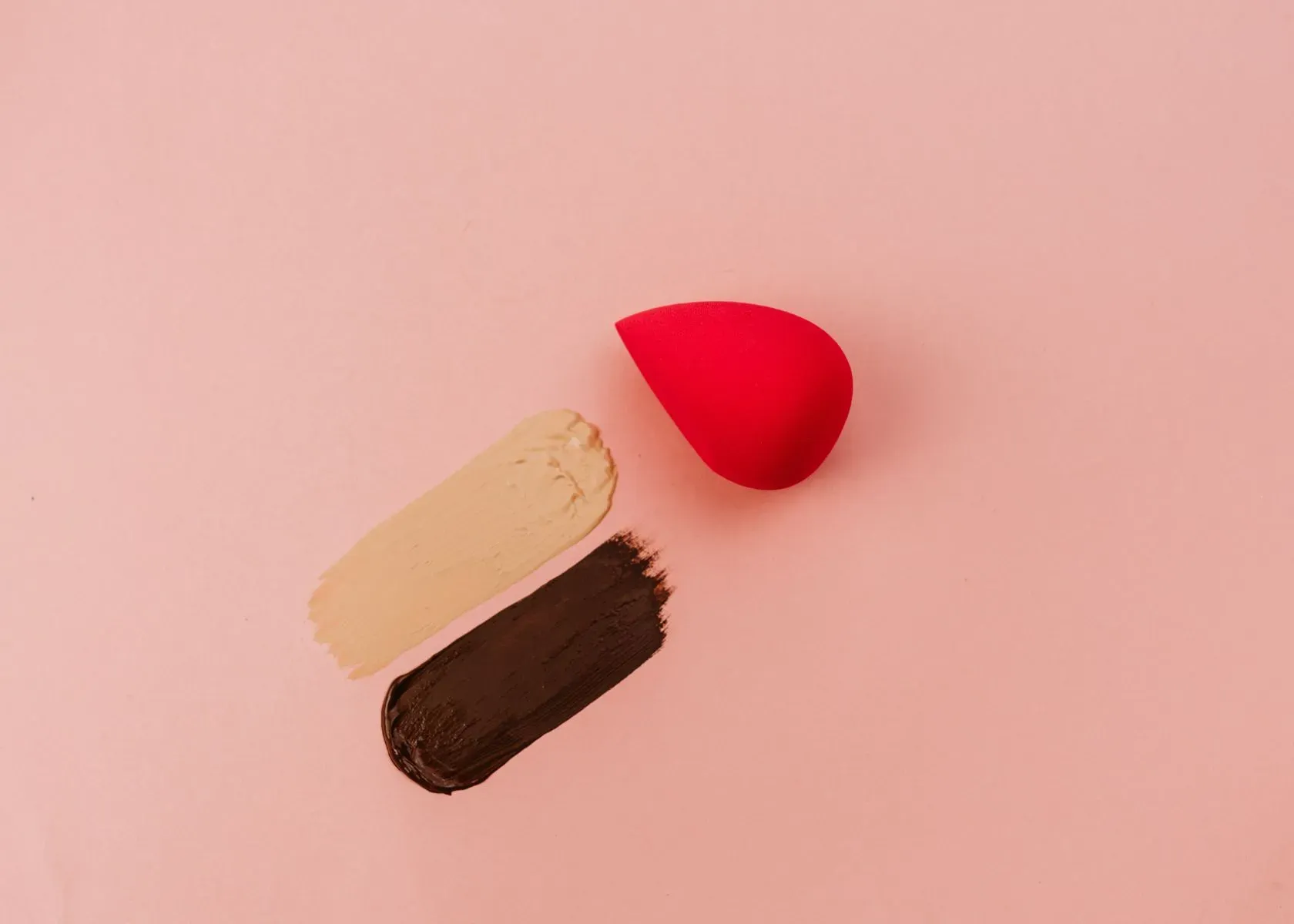
When choosing the best natural looking foundation, consider light or medium coverage. Liquid foundation provides a seamless finish while allowing you to build up coverage where needed. Test shades in natural lighting to find the perfect match for your skin tone.
Application Techniques for a Natural Look
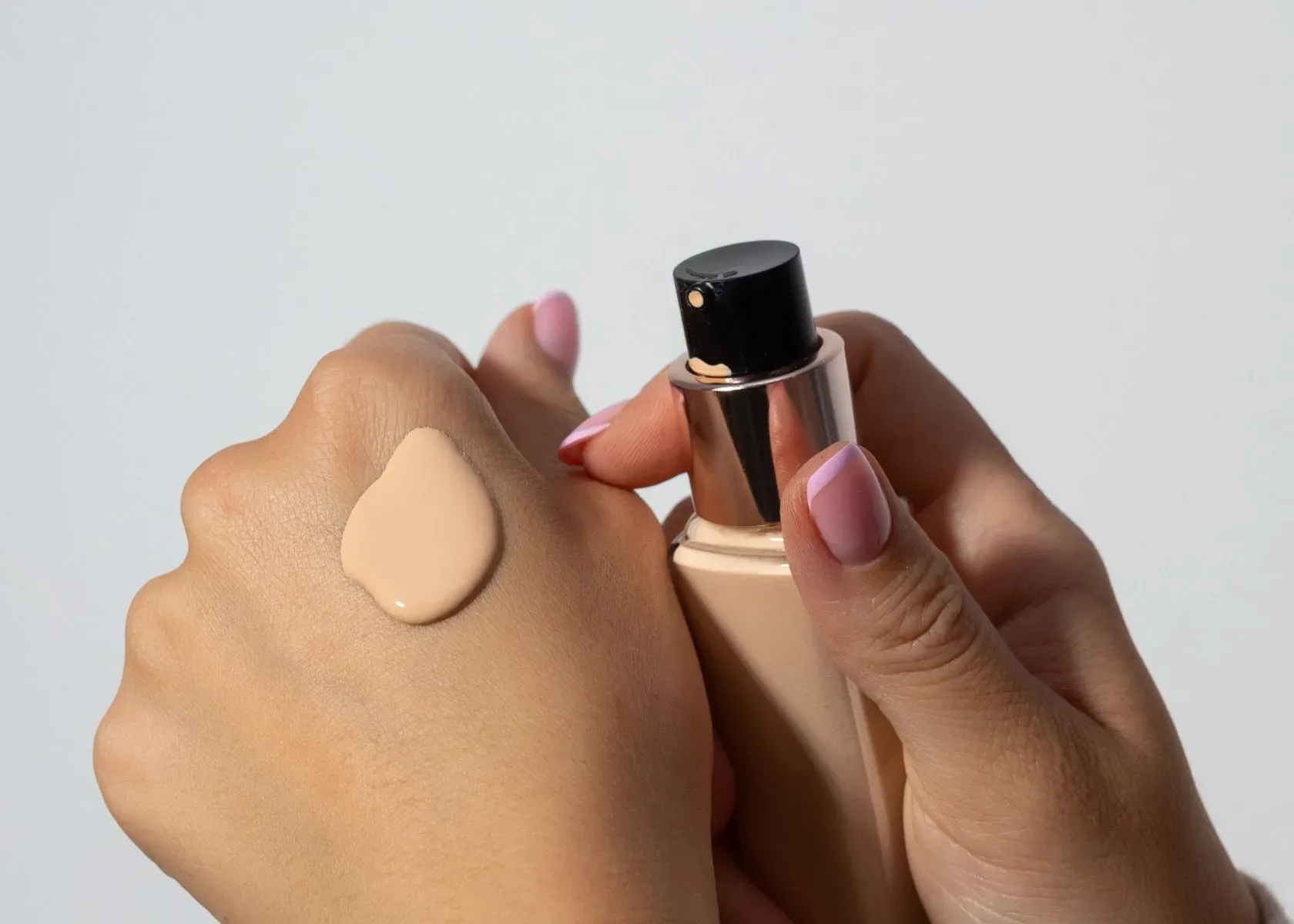
Achieve a natural look by applying foundation with a makeup sponge, using your fingers, or buffing with a brush.
Using a makeup sponge
Using a makeup sponge is essential to achieve a seamless and natural finish with your foundation. Dampen the sponge slightly for easy product blending.
Start by applying small dots of foundation on your face, then use the damp sponge to blend it outwards in gentle tapping motions.
Applying with fingers
To apply foundation with fingers, wash your hands to ensure they are clean and oil-free. Then, dispense a small amount of foundation onto the back of your hand.
Using your ring or middle finger, gently dot the foundation onto your forehead, cheeks, chin, and nose.
Next, use your fingertips to blend the foundation into your skin using light tapping motions. Begin in the center of your face and work outwards for even coverage.
Buffing with a foundation brush
Using circular motions, buff the foundation into the skin for an airbrushed effect, ensuring no visible lines or streaks. The brush bristles work to distribute the product evenly, resulting in a flawless complexion.
To enhance the natural look of the foundation, adjust the pressure while buffing with the makeup brush to ensure even coverage without appearing heavy on my skin. Choosing a soft-bristled brush suitable for liquid or cream foundations for this technique is essential.
Tips for Making Foundation Look Natural

Adjusting to your skin type is crucial for a natural yet flawless foundation look. Whether you have oily, dry, or combination skin, choosing the right formula and application technique can make all the difference.
Spot concealing problem areas rather than applying foundation all over allows for a more natural finish. Consider adding a liquid highlighter to specific face areas for added luminosity and dimension.
Adjusting to skin type
Adjusting to your skin type is crucial for achieving a natural-looking foundation. If you have dry skin, consider using a hydrating primer and a liquid foundation to prevent the makeup from accentuating any dry patches.
On the other hand, if you have oily skin, opt for an oil-free or mattifying foundation formula and a pore-minimizing primer to control shine throughout the day.
Understanding your skin's needs can help you choose the best products and techniques for your skin type. Adjusting your skincare and makeup routine according to your skin type allows you to create a flawless, natural base.
Spot concealing
Spot concealing is a technique used to target specific imperfections rather than applying foundation all over the face, creating a more natural look.
- Start by applying a small amount of concealer directly onto any blemishes, dark spots, or redness that need coverage, ensuring not to apply too much product.
- Use a precision brush or your fingertip to blend the concealer gently into the skin until it seamlessly merges with your natural skin tone.
- Make sure to layer and blend in thin layers if necessary, gradually building coverage for a more natural finish.
- Set the spot-concealed areas with a light dusting of translucent powder to ensure long-lasting coverage without looking heavy or cakey.
Adding a liquid highlighter
Consider adding a liquid highlighter to your makeup routine for a radiant and natural finish. You can achieve a subtle but noticeable glow by lightly applying it to the high points of your face, such as the cheekbones, brow bones, and the bridge of your nose.
A liquid highlighter can be seamlessly blended with your foundation for a more natural look or layered on top for an extra luminous effect.
When choosing a shade, opt for one that complements your skin tone to enhance its natural radiance and give you that effortless glow.
Enhance your complexion by incorporating a liquid highlighter into your makeup application techniques.
Blending it with your foundation can create an overall radiant appearance while drawing attention to specific features of the face when applied strategically.
Frequently Asked Questions - How to Make Foundation Look Natural

Choosing a buildable liquid formula in just the right amount is the key to achieving flawless foundation application.
What are the best makeup tips for getting natural-looking foundation?
Prep your skin properly before applying, use tools like brushes or sponges for even application, choose a second-skin foundation that matches your tone perfectly, and blend well to make sure no lines show.
How can I prepare my skin so my foundation looks flawless?
To get flawless skin under foundation, cleanse gently, then moisturize. This helps create a smooth base, so your makeup goes on better and mimics the look of natural skin.
Can you share some tricks for applying liquid foundation seamlessly?
For seamless liquid foundation application, dot it across your face first then blend outward with a brush or sponge in gentle strokes to avoid heavy spots and achieve smooth coverage.
Are there specific makeup techniques beginners should know when using cosmetics for a natural look?
Beginners should learn to apply thin layers of cosmetics and practice blending techniques since these skills help enhance your beauty without making the makeup look too heavy or noticeable.
What kind of products can help in enhancing my natural beauty while using foundations?
Look for skin-enhancing products and creamy balm textures like primers that fill fine lines or pores; these allow the foundation to lay flat and give that perfect, imperceptible finish that enhances rather than hides your complexion.
Conclusion
Mastering the art of making foundation look natural involves effective skin preparation and selecting the right products.
The application techniques highlighted here are practical and versatile, ensuring a seamless makeup finish for any occasion.
Embracing these strategies can enhance confidence and a radiant appearance, making it easier to achieve that coveted flawless complexion every day.
For more beauty tips or product recommendations, explore our website and learn step-by-step guidance on achieving a natural makeup look effortlessly.
References
- Types of makeup brushes: The complete guide to makeup brush names & uses. (n.d.). Colorescience. https://www.colorescience.com/blogs/learn/makeup-brush-types-and-uses
- Werschler, W Philip et al. “Enhanced efficacy of a facial hydrating serum in subjects with normal or self-perceived dry skin.” The Journal of clinical and aesthetic dermatology vol. 4,2 (2011): 51-5.
- CAITLYN MARTYN. (2022, February 22). How to Apply Makeup Flawlessly Using Only Your Fingers. makeup.com. Retrieved January 23, 2024, from https://www.makeup.com/makeup-tutorials/expert-tips/apply-makeup-using-fingers
Learn More About Other Related Topics of Makeup Foundations
